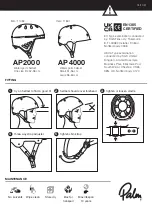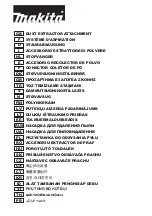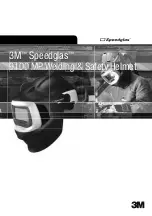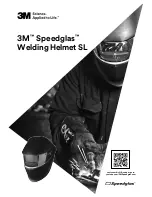
TPS13-001_rev1_4_A8n_series_Installation_Guide_for_FCC.doc
Commercially Confidential
33
Lightning Rod
A lightning rod (air terminal) neutralizes the downward lightning strike by launching an upward
ionized path. The lightning current will follow this path and is thus diverted away from
personnel and electronic equipment. The lightning rod must be constructed of steel with a
pointed tip and welded to a ground conductor.
The lightning rod must be installed at top of the mounting post or tower higher than the highest
portion of equipment it protects. For A8n base station installation, the 4-sector antennas are
usually the highest points and usually protrude away from the post. Suppose the horizontal
distance from the post to the top outer most point of antenna is d, the minimum height of the tip
of lightning rod above the highest point of antenna (H) is recommended to be at least 2d such
that a cone of protection of 60 degree is ensured around the pole or tower. In areas of high
lightning activities, the height H should be increased to 5d.
Ground Conductor
A ground conductor is a metal strip or rod usually made of copper or similar conductive metal
linking the lightning rod to the earth. The prime purpose of the ground conductor is to conduct
lightning current from the lightning rod to the earth termination. It also provides connection to a
metal grounding plate so that the equipment under protection can be connected to at the shortest
distance possible.
A ground conductor must be installed straight and vertical without bends such that it connects to
the earth termination at the shortest and direct path. As a rule of thumb, a minimum 50 mm
2
in
cross sectional area or AWG 0 copper conductor is recommended for the ground conductor.
Aluminum or iron conductor can also be used but with poorer conductivity. Minimum cross
sectional area of copper, aluminum and iron ground conductor are 16, 25 and 30 mm
2
respectively.
The connection between the ground conductor and the earth must be no higher than 5 ohms.
This is achieved by grounding to special grounding bars in the case of post mounting or to the
steel reinforcement bars at the concrete base of the tower in case of tower mounting.
Grounding Plate
A grounding plate is a metal plate welded to the post or tower which provides a common
grounding connection placed at a short distance from the equipment and ground conductor. The
grounding plate is connected to the ground conductor using a ground cable and clamp.
The A8n series base station grounding terminal is located at the bottom of chassis compartment.
This grounding terminal should be connected to the grounding plate using a ground cable and
lug. AWG 10 (around 5 mm
2
cross-sectional area) copper wire is recommended for the ground
cable. Only one grounding connection to the pole or tower is allowed.
All antenna ports of A8n base station are grounded internally. For shielded Ethernet cable (AC
model) or shielded POE cable (DC model) grounding, the ground wire of the Ethernet/ POE
cable should be connected to the screw port located at the inside bottom of lower chassis
compartment of A8n series base station. The other side of the Ethernet/ POE cable will be


































